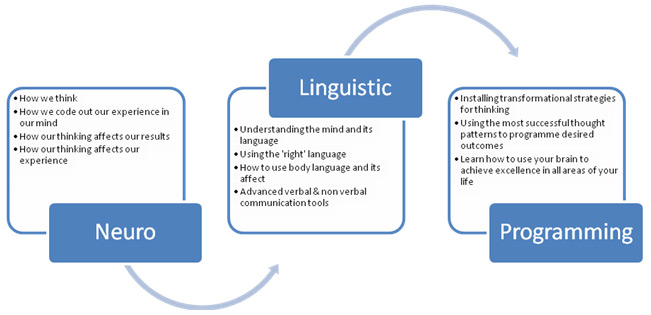A client just told me that he finally dared to downsize his business, and said he could not have been any happier with his decision.
“I have given a big chunk of my life trying to employ people and head an office, but now I have given it all up to become solo again. I know it was an audacious move, but it was worth it. What made me do this? The business encountered a lot of changes, and so as some of the clients. Although we did not accumulate bad debts, I felt that I was not happy the way things turned out, so I believed that it was indeed time for a change. I think I am already done dealing with some awful things. I was already tired of handling employees and their occasional shortcomings. I was already done giving the employees my best years and yet leave you after all. I think I do not want to do some works out of necessity. I do not want to deal with any petty things anymore; I am exasperated with all the demands. I got tired of thinking about the air-conditioning, the cleaners, insurance policies and unending bulk of taxes. I got tired of worrying even the simplest things of running an office. So I decided that this was it, time to find another way.
Now that I’m on my own again, I’m doing things right. When you are on solo, you can choose the jobs you do and demand the best compensation with no equivocation. You can choose whom to work for, and turn down those that you are not comfortable with. Now, I feel free from all the clutters of my previous life, free from being reduced and limited. I could now do things with more freedom. I could spend great and quality time with my kids. I already have time pursuing the things that really matter: family and friends. I can already make the simple choices without having to consider any employees’ preference. I’m now in my best shape, in fact I was just awarded 3 big projects with compensation that are more than enough for me. These works that I do now are really great, the ones I really love doing with really very nice clients. Since then, I have no shortage of work.”
What do you think of going at it on your own?










